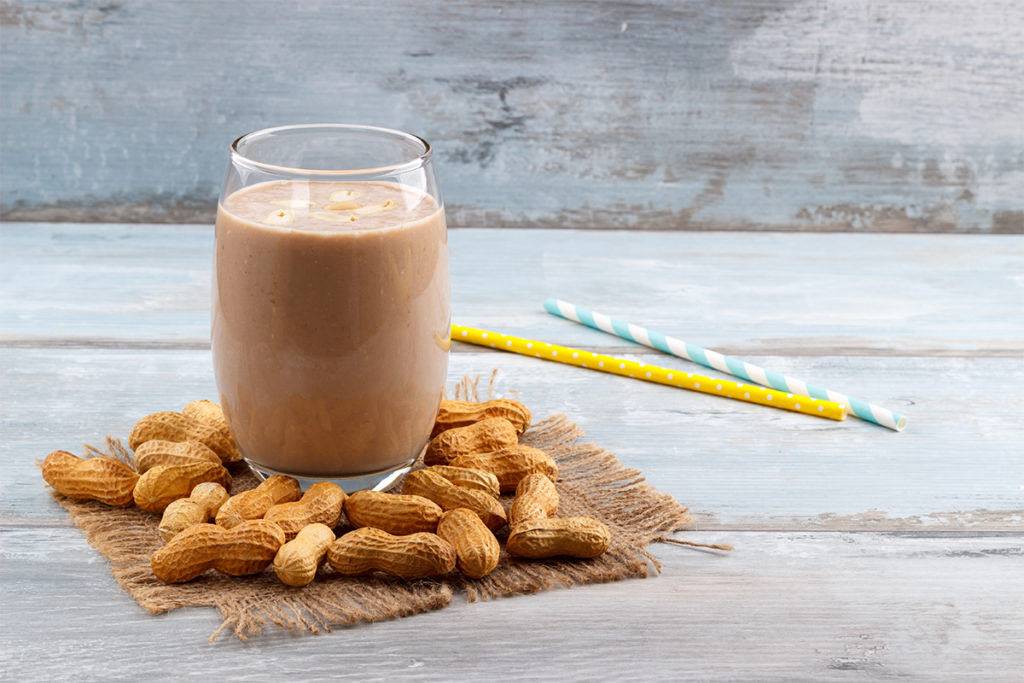Taking the Right Step—Walking Research for the Ages

Have you ever heard clients say that “walking doesn’t count” as exercise? The truth is that walking can be a valuable part of your clients’ wellness routines—but how those steps fit into a whole program may depend on age. Two different studies offer valuable feedback on the benefits of walking through a workout.
STUDY #1: When Walking and Weight Loss Are in Step
A walking program combined with dietary changes may boost fat loss, according to research findings from the University of Applied Sciences in Muenster, Germany, and the University of Bonn in Bonn, Germany. Scientists conducted the intervention study to explore how a calorie-restricted diet combined with walking, versus the diet alone, would affect weight, body composition, resting energy expenditure (REE) and other biomarkers.
Investigators noted that people who are overweight generally find moderate-intensity physical activity easier than high-intensity workouts, but research has been lacking regarding the effectiveness of moderate exercise in maintaining REE and reducing health risks. The researchers recruited 82 otherwise healthy men and women (aged 25–50) with overweight and obesity to participate in a 12-week program of either diet and walking combined or diet alone. Walking group subjects walked briskly for 3 hours per week, including 1 hour of supervised walking with a fitness trainer. Diet-only members maintained their usual activity habits. All participants followed an energy-restricted diet designed to elicit a deficit of 500–800 calories, based on individual measures of REE at baseline.
Data analysis at study end showed that all subjects lost body weight and fat mass, reduced waist circumference and experienced improvements in biomarkers related to cardio-metabolic risk factors. There was no variance in either REE or weight loss between the groups. The only significant difference between walking-group subjects and diet-only participants was more fat loss—an average of 6.4 kilograms (± 3.1 kg) for the walkers, compared with 4.8 kg (± 3 kg) for the other group. Larger studies conducted over longer periods of time are needed to further clarify walking’s benefits in relation to dieting and maintaining a healthy weight.
The study appeared in the Journal of Nutrition (2017; doi: 10.3945/jn.117.251744).
STUDY #2: When Lifting Weights May Elevate Results
When it comes to your older clients, you may want to steer them away from the cardio route and toward strength training, according to a recent study by researchers at Wake Forest University in Winston-Salem, North Carolina. Their findings, published in the journal Obesity, suggest that combining strength training with a calorie-restricted diet may preserve lean muscle mass, which could be lost through cardio training.
“A lot of older adults will walk as their exercise of choice,” said Kristen Beavers, assistant professor of health and exercise science at Wake Forest and lead author of the study, in a press release. “But this research shows that if you’re worried about losing muscle, weight training can be the better option.”
The 18-month study included 249 overweight or obese adults in their 60s who were restricting calories. Participants were randomized into three groups: resistance training (using weight machines) plus diet, walking plus diet, and diet alone. The resistance-training-plus-diet group lost less muscle than the other two groups but still had significant fat loss.
Preserving muscle while losing fat is important for older adults who want to maximize functionality. Given the high risk of physical disability among older adults, losing lean mass could have dire consequences. “Surprisingly, we found that cardio workouts may actually cause older adults with obesity to lose more lean mass than dieting alone,” said Beavers.
Other findings of note:
- Over the 18 months, participants in the resistance-training-plus-diet group lost about 17 pounds of fat; those in the walking-plus-diet group shed about 16 pounds of fat; and those who just dieted lost about 10 pounds of fat.
- The walking-plus-diet group lost more muscle mass (about 4 pounds) compared with either of the other two groups (about 2 pounds each).
- The percentage of muscle mass lost was 20% in the walking-plus-diet group, 16% in the diet-alone group and 10% in the resistance-training-plus-diet group.
Beavers said the results may be even more important for older adults whose weight fluctuates, because seniors typically regain fat rather than muscle. This is “all the more reason for older adults to try and preserve muscle mass during weight loss,” Beavers said.
Shirley Eichenberger-Archer, JD, MA
Shirley Eichenberger-Archer, JD, MA, is an internationally acknowledged integrative health and mindfulness specialist, best-selling author of 16 fitness and wellness books translated into multiple languages and sold worldwide, award-winning health journalist, contributing editor to Fitness Journal, media spokesperson, and IDEA's 2008 Fitness Instructor of the Year. She's a 25-year industry veteran and former health and fitness educator at the Stanford Prevention Research Center, who has served on multiple industry committees and co-authored trade books and manuals for ACE, ACSM and YMCA of the USA. She has appeared on TV worldwide and was a featured trainer on America's Next Top Model.






